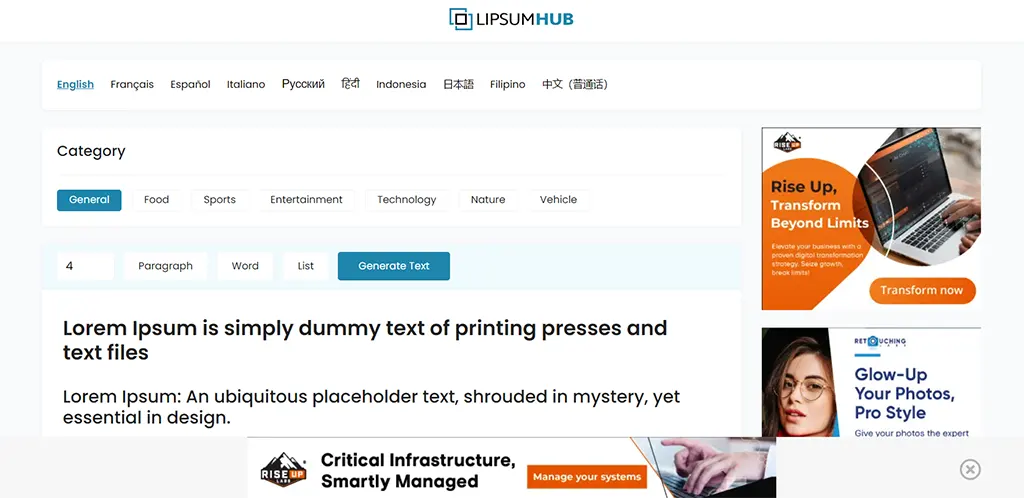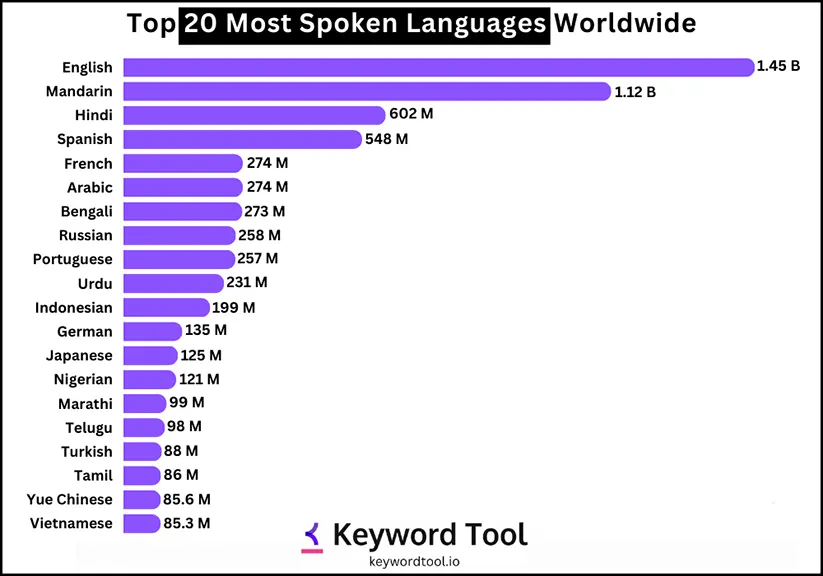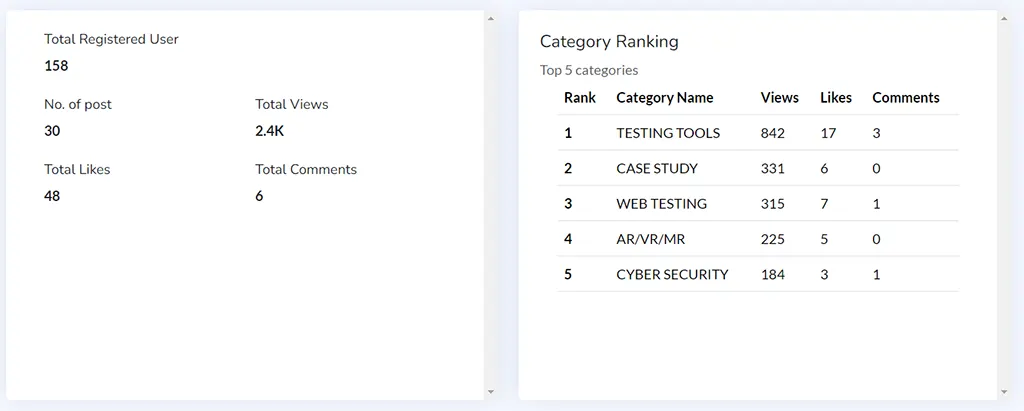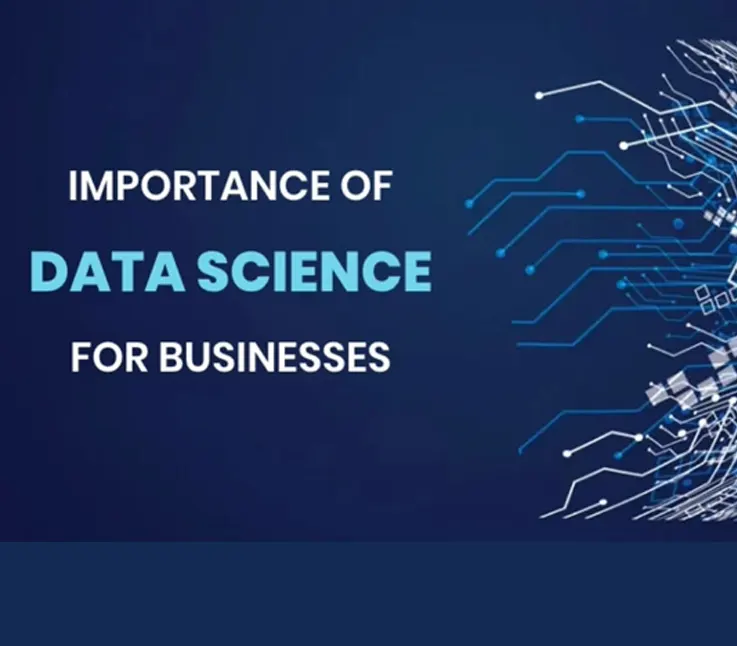Data has become a valuable asset for businesses across all industries in today’s digital age. The ability to collect, analyze, and interpret vast amounts of data has opened up opportunities for organizations to make informed and strategic decisions. This article explores the concept of data-driven decision-making, its importance, and how businesses can harness the power of data to drive success.
For instance, the BMI Calculator- Weight Monitor app developed by Riseup Labs has Firebase integrated that gives real-time data to the organization about users and the status of the mobile application. The data collected by Firebase includes DAU (Daily Active Users), MAU (Monthly Active Users), User retention, App crash with reasons, User geolocation, Operating System data, Ad revenue data, screen view data, event data, and much more.
Besides, diving deep down into ad integration Riseup Labs has integrated App Lovin into the BMI Calculator- Weight Monitor app to maximize the ad revenue. Thus, the app receives ad requests from renowned ad publishers/exchanges such as AdMob and App Lovin Exchange. The decision to integrate App Lovin over AdMob was completely based on the data that were collected from the platforms over time which indicated the ad-serving success rate on AdMob was significantly lower than App Lovin. However, the eCPM in AdMob was tremendously higher than App Lovin. Thus, a balance of success rate and ad-serving efficiency was successfully established. Here is a demo data of the app for a certain timeframe:

We have found out that the app requires improvements based on the data we found, note that these data are demo data:

These are some of the data-driven decision-making cultures and practices followed by the BMI Calculator- Weight Monitor app developed by Riseup Labs to leverage the maximum potential.
1. Understanding Data-Driven Decision Making:
Data-driven decision-making is an approach that involves using relevant and reliable data to guide business decisions. It consists of collecting and analyzing data from various sources, such as customer behavior, user data, market trends, and operational metrics, to gain insights to inform strategic choices. By relying on data, organizations can reduce uncertainty and make decisions based on evidence rather than intuition or guesswork.
2. The Benefits of Data-Driven Decision-Making:
Implementing a data-driven decision-making approach offers numerous benefits to organizations:
a) Improved accuracy: Data-driven decisions are based on factual information, reducing the risks associated with subjective judgments.
b) Faster decision-making: With access to real-time data, organizations can make timely decisions, giving them a competitive edge in the market.
c) Enhanced efficiency: Data-driven decision-making allows organizations to identify inefficiencies and optimize processes, leading to cost savings and improved performance.
d) Personalized customer experiences: By analyzing customer data, organizations can tailor their products and services to meet individual preferences, enhancing customer satisfaction and loyalty.
Examples include Lipsumhub, where users experience native language support for simple dummy text generation. The decision to select the languages for translation is based on the data researched from the platform, Keyword Tool.


3. Building a Data-Driven Decision-Making Culture:
To successfully implement data-driven decision-making, organizations must adopt a culture that values data and encourages its use:
a) Data literacy: Employees at all levels should possess the necessary skills to understand, interpret, and analyze data effectively. Data literacy programs and training can help develop these skills.
b) Data infrastructure: Investing in robust data infrastructure, including data storage, analytics tools, and visualization platforms, is essential for efficient data-driven decision-making.
c) Data governance: Establishing clear policies ensures data accuracy, integrity, and security, enabling organizations to make reliable decisions.
d) Collaboration: Encouraging collaboration between different departments and teams fosters a holistic approach to data analysis and decision-making.
Examples include QA Brains, where the decision to promote high-performing categories is backed by the page view data which was tracked and collected through Google Analytics.

4. Overcoming Challenges:
Implementing a data-driven decision-making approach may encounter challenges, including:
a) Data quality: Ensuring data accuracy, completeness, and consistency is crucial for reliable decision-making. Organizations should invest in data cleansing and validation processes.
b) Data privacy and security: Safeguarding sensitive data is essential to establish customer trust and comply with data protection regulations. Implementing robust security measures and privacy policies is necessary.
c) Resistance to change: Shifting to a data-driven decision-making culture may face resistance from employees. Effective change management strategies, communication, and training can help overcome this resistance.

Conclusion:
Data-driven decision-making has revolutionized the way organizations operate. By leveraging the power of data, businesses can gain valuable insights, make informed decisions, and drive growth and success. Embracing a data-driven culture and investing in the necessary infrastructure and skills will enable organizations to stay ahead in a rapidly evolving digital landscape. The future belongs to those who harness the potential of data to make smarter decisions.
Technology of data plays in business is a crucial process though a technical one that helps organizations to realize the data they possess. Using modern technologies and following recommended approaches, the firms will achieve and develop a sound data integration framework that will help in decision-making and give the business a competitive advantage. In the light of the continuously expanding amount of data, and their increasing variety, companies that without fail, focus on the integration challenge will undoubtedly achieve a competitive advantage sustained in the context of a rapidly advancing information dominance.
This page was last edited on 6 October 2024, at 11:21 am
How can we help you?
























